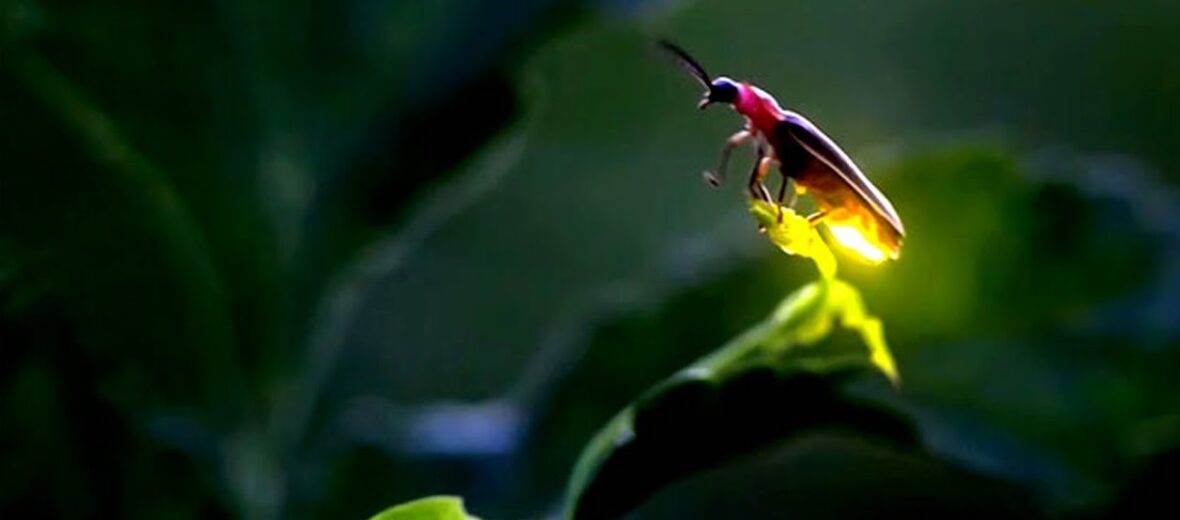
The firefly is a common sight to behold during the spring and summer in the Midwest. Catching them and releasing them is a childhood tradition. However, their name is a bit falsified, as they aren’t flies at all; but rather beetles. There are over 2,000 known species of fireflies… er, uh, fire beetles in the world. Their populations are declining due to climate change and the harvesting of luciferase. Light pollution as well as habitat destruction are also culprits of their demise. Sadly, when firefly habitats are ruined for roads or other types of construction they don’t migrate to a new spot, they just die out.
First the Stats…
Scientific name: Lampyridae
Length: Up to 1 inch
Lifespan: Up to 2 years (in development) | Up to 2 months (as adults)
Now on to the Facts!
1.) Not all fireflies flash. Some use pheromones to communicate rather than light.
2.) During their larval stage, they are ferocious predators of earthworms, snails, slugs, and grubs.
3.) How do they do it? Well, when oxygen is mixed with a pigment called luciferin, luciferase (an enzyme), adenosine triphosphate (a type of energy), and uric acid crystals, bioluminescence is created. This is created with a body part called a photic organ.
4.) Males flash their bioiluminescent glow as a signal for some lovin’. The females only flash if they are responding to a particularly dashing display from a male.
5.) In some areas fireflies will actually synchronize their flashes.
But wait, there’s more on the firefly!
6.) For defense, they produce nasty tasting, defensive steroids for protection against predators.
7.) Their colors can be orange, yellow, and green.
Did you know…?
Some female fireflies will eat males of other genera. They attract the unknowing males by mimicking their light pattern. The male comes in for some lovin’ only to be devoured. Psych!
8.) Each species of firefly has it’s own pattern of light emission.
9.) Some females will even steal wrapped fireflies from spider webs. This is called kleptoparasitism.
10.) In a process called reflex bleeding, a firefly will release droplets of bitter-tasting, chemical-laced blood that is poisonous and is strong enough to kill lizards and amphibians. It can taste really nasty and is capable of numbing lips and even constricting the throat of humans and pets.
Now a Short Firefly Video!
Also, check out the Critter Science YouTube channel. Videos added frequently!
Want to suggest a critter for me to write about? Let me know here.



